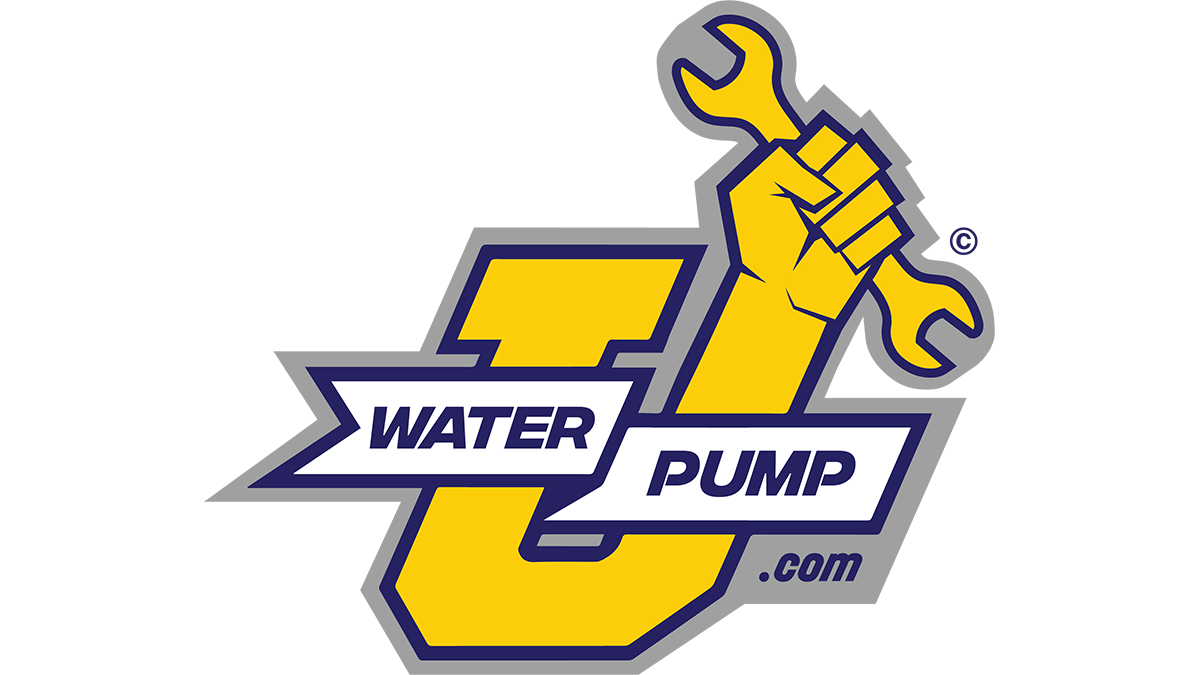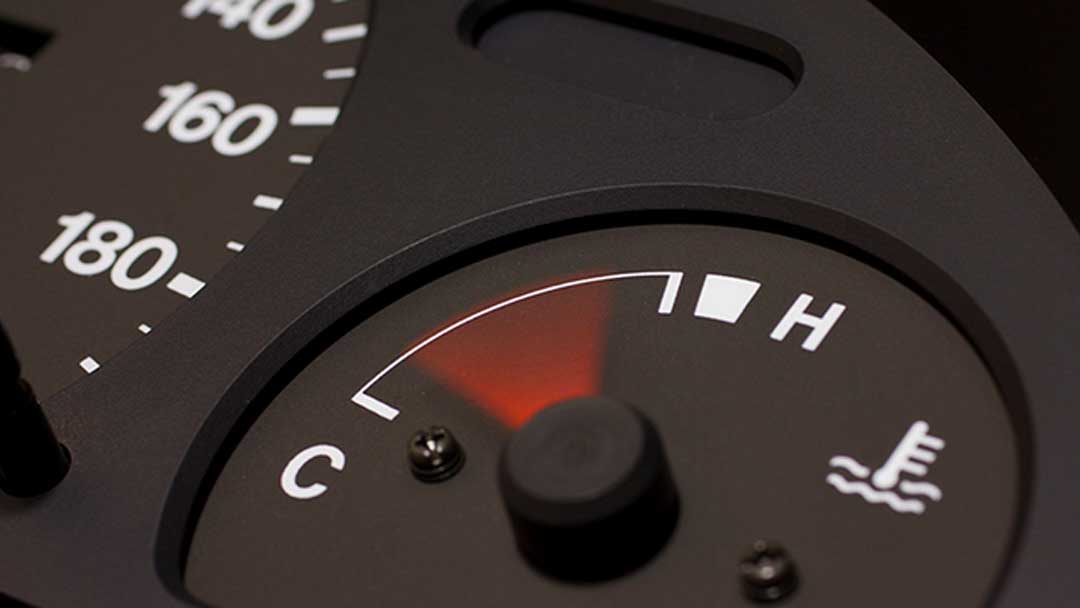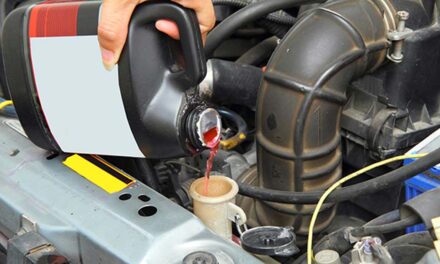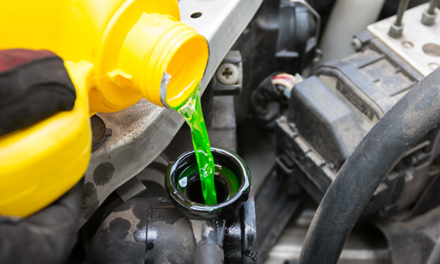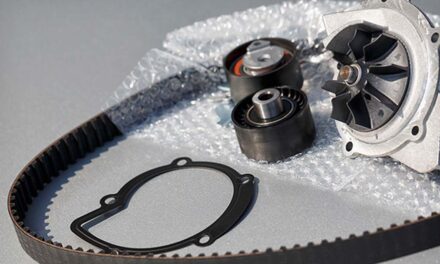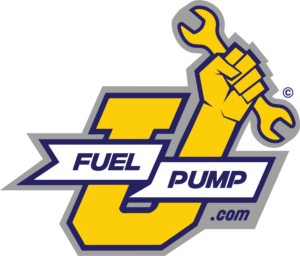One of the most challenging aspects of designing and building an internal combustion engine is determining the thermal effects on the components. Being an internal combustion device, it is subject to thermal contraction and expansion of the components.
To complicate matters further, many of these components are dissimilar in composition and react differently where thermal expansion is concerned. The engine’s performance and fuel economy are directly affected by the temperature from the time of startup until the time the engine reaches normal operating temperature.
The transmission’s performance and lubrication are also dependent on the proper engine temperature range in which it was designed to operate.
When the engine is cold, all the components are in a contracted state making all of them ‘loose’ in contrast to when they are in an expanded state. At normal operating temperatures, the rotating components of the engine have narrowed their clearances to 0.001 to 0.003, and some engines are even closer.
To place these clearances into proper perspective and give a better insight into how close these are: Your fingernail is 0.1 to 0.3 thick and grows at 0.004 per day, average. That’s tenths of a millimeter. The automotive clearances are in thousandths of a millimeter. That’s much thinner than a piece of paper.
The following scenarios will take you through the engine characteristics from cold startup to overheating.
Cold Engine Start
At this point the piston’s connecting rods on the crankshaft are contracted and very tight, resulting in a very thin film of oil on the bearings. At the same time, the pistons and rings are very loose in the cylinder bore and create a poor seal to prevent the combustion gases from passing the rings.
When the engine is started, the oil is thick and slower to flow resulting in less lubricating properties at the connecting rods. The looseness in the pistons allows a small amount of the combustion gases to pass the piston rings and enter the oil in the oil pan. This accounts for the change in oil color from clear to dark over time as it becomes contaminated.
Fuel economy and power are significantly lowered.
For this reason, the thermostat is installed to expedite the warm-up time.
Normal Operating Temperature
As the engine reaches normal operating temperature, the connecting rods achieve their normal operating clearance for the best lubrication. The piston rings expand to make a perfectly tight seal in the cylinder preventing combustion (blow-by) from passing the rings and entering the oil pan.
The oil pump is now expanded sufficiently to supply a better flow of oil. The camshaft and valve train have expanded and are opening the valves farther than when they were cold. The fuel mixture has become leaner and fuel economy is restored.
The transmission fluid expanded as it warmed and transmission operation becomes smoother.
Overheating
Overheating has catastrophic consequences. Allowing the engine to overheat even for a short period of time (minutes) will cause the pistons and rings to expand to the point that they are now too large and tight in the cylinders. When this happens they seize in the cylinder gouging the cylinder ‘beyond repair’.
The dissimilar metals used in the cylinder head expand differently. The hard carbon steel head bolts expand faster than the aluminum cylinder heads. This results in the cylinder head warping enough to release the compression forces on the cylinder head gasket, allowing it to be compromised. Combustion pressures may blow a hole or pathway through the gasket to the oil or cooling system.
When this happens, either the combustion gases will enter the cooling system, the oil may appear in the radiator, water may appear in the oil, a bad engine miss may be noticed and finally, if water enters the cylinder in enough quantity, it can bend or break the connecting rod since water is non-compressible. The head gasket will need to be replaced and possible engine components.
Not reaching operating temperature
In order to extend the life of the engine, the temperature must be kept in the design range. If a thermostat fails in the open position resulting in an engine operating much cooler than normal, it is not as crippling as overheating. Even though this is not as serious, the engine will not be as fuel efficient, the heater will not work as well, the mixture will run rich continuously, carbon will build up rapidly on the valves, and the oil will become contaminated quickly.
Overall, the engine’s longevity is significantly reduced. The cooling system is basically the same in all vehicles and is not complicated.
Synopsis
If your car begins to overheat, shut it down immediately or as fast as humanly possible after safely pulling over. Every minute it’s overheating is increasing your risk of destroying the engine.
